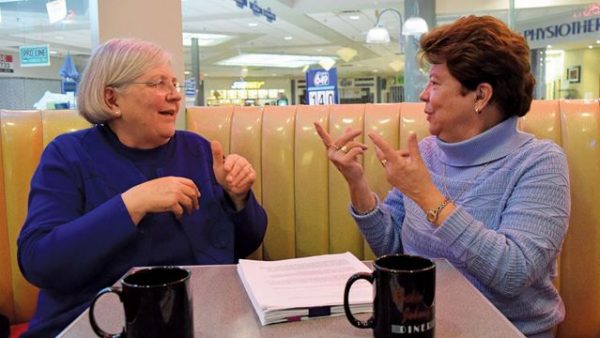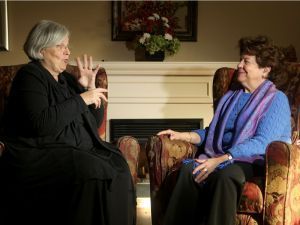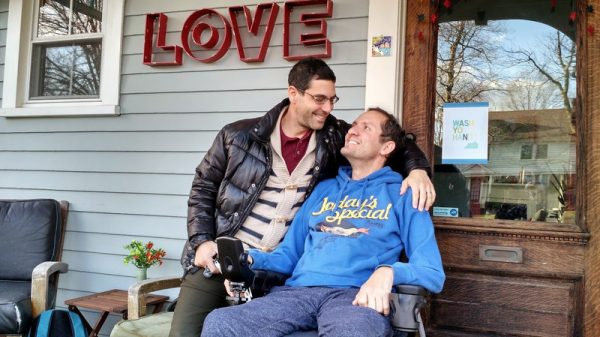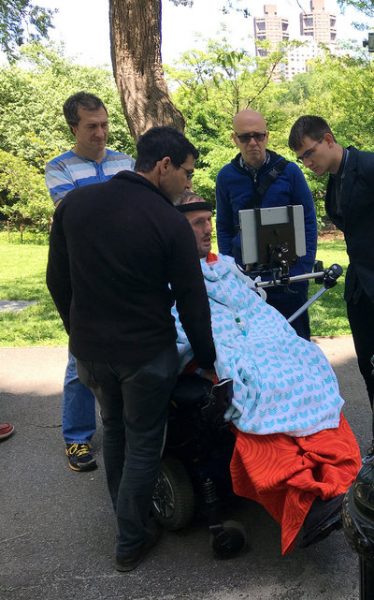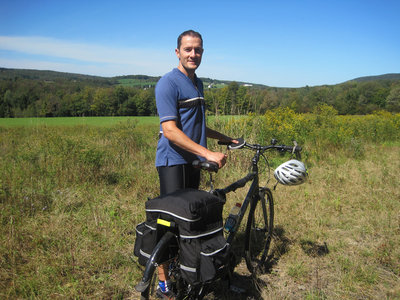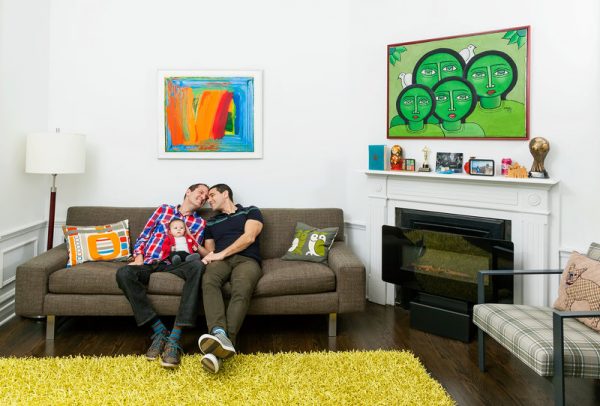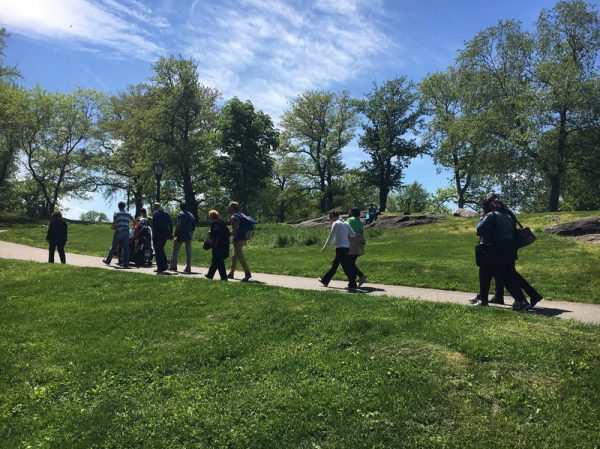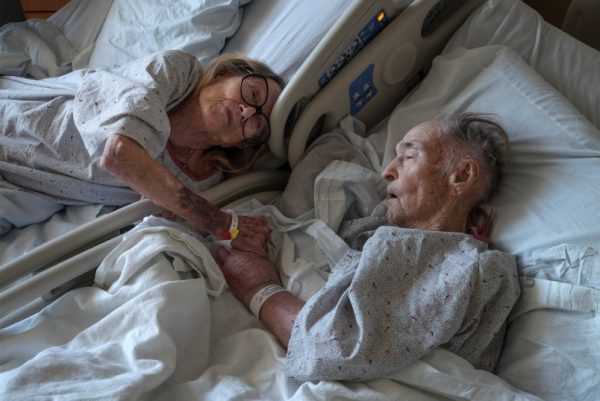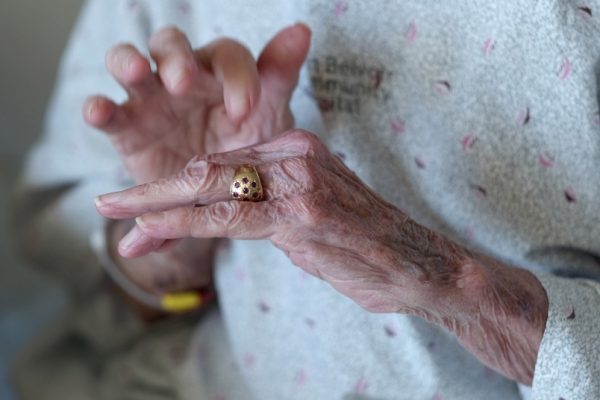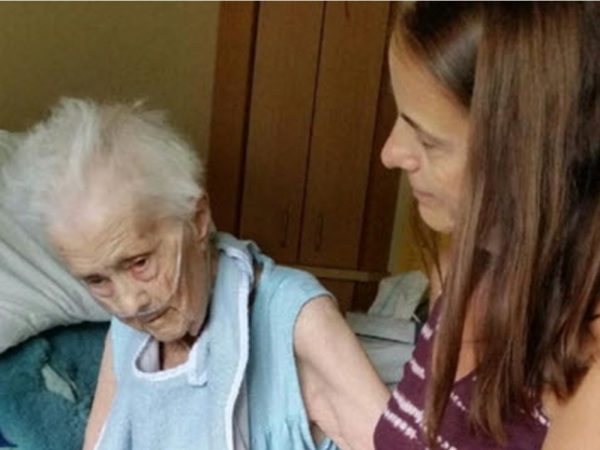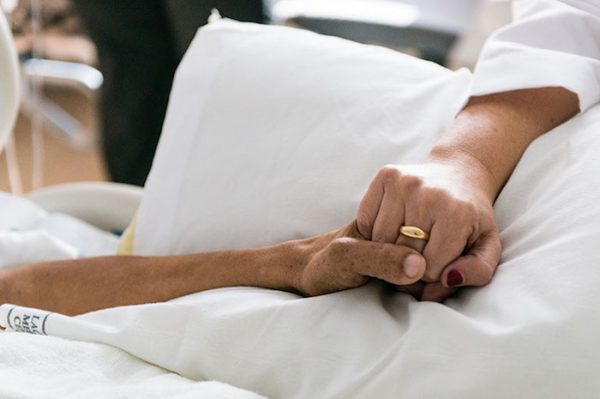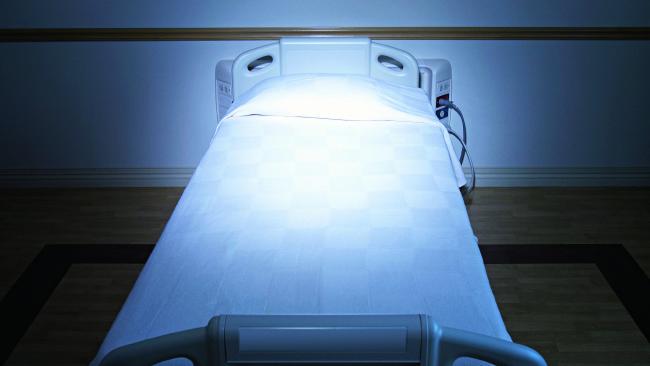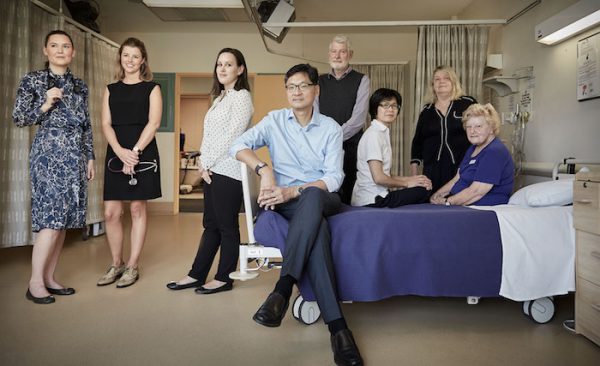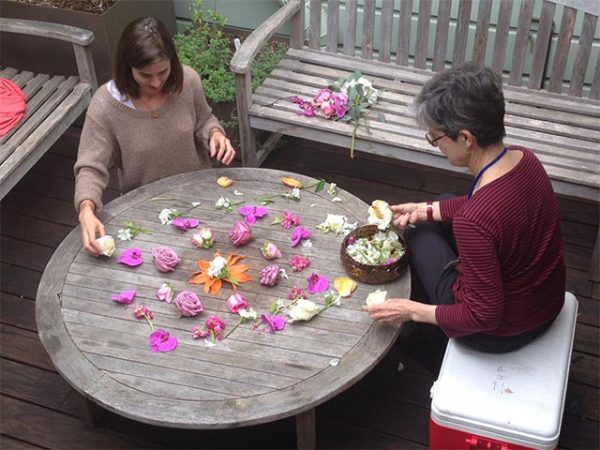
by Jay Barmann
In large part due to the enormity of suffering and loss of life during the height of the AIDS epidemic here, San Francisco has emerged two decades later with new models for providing palliative and humanistic care at the end of life, one of the best of which is represented by the tiny San Francisco Zen Hospice Project in Hayes Valley. The hospice facility, in a Victorian on Page Street, grew out of the 54-year-old San Francisco Zen Center just up the street, and began in 1987 as a way for Zen Center members to care for young AIDS sufferers and provide them with a peaceful and comfortable death. (A similar organization, Maitri, sprung up around the same time near the Castro, and continues to this day.) As a new piece in the New York Times Magazine puts it, the Zen Hospice Project “originated as a kind of compassionate improvisation,” and it has served as inspiration and proving ground for Dr. B.J. Miller, a 45-year-old clinician at UCSF who has emerged as a passionate and charismatic advocate for a new kind of end-of-life care. As he tells the Times Mag, his goal, and that of the Zen Hospice Project, is to “de-pathologize death.”
Miller is unique as a spokesperson for this new type of palliative care in that he had his own brush with death early in life, and wears the scars from it very prominently. At the age of 19, while a sophomore at Princeton, he and a couple of friends went climbing on a New Jersey Transit commuter train after a night of drinking. When he reached the top of the train, an electrical current arced out of a charged wire into Miller’s metal wristwatch, sending 11,000 volts through his body and severely burning his arm and two legs. He would soon become a triple amputee, but the experience of being in the burn unit for months and talking himself back from near death profoundly changed how he saw life, especially when he went to medical school. It’s something he describes in a TED Talk from 2015 that’s garnered nearly five million views. In it he says “we are all patients,” using the definition of the word as “one who suffers,” and says he hopes to bring a design sensibility, “that is intention, and creativity, to the experience of dying.”
A year after the Brittany Maynard case gained national attention, around the time that California’s death-with-dignity law was passing through the state legislature in mid-2015, the Times first discovered Miller and the Zen Hospice Project, describing it as “a fascinating, small-scale experiment” in an age when end-of-life care typically falls to hospitals. Hospitals, however, are not programmatically designed to comfort and care for the needs of dying people — they’re designed to make people well and send them home — and families often panic in the face of death causing disruptions in the final months of a person’s life. While, as of 2015, 44.6 percent of all deaths took place in hospice settings, 40 percent of those patients only spent a few days there following stays in intensive care — meaning, as the Times put it, there’s “not enough time to take full advantage of the technique’s soothing possibilities.” Add to that figure the fact a 2013 study that found that more people are choosing to die at home, however they still are transported back and forth to hospitals three or more times in the final 90 days of their lives — time that would be better spent quietly with loved ones, or doing something pleasurable. Also, a hospice experience should free friends and family from the burden (and occasional trauma) of being caregivers, so that they can simply be there with the person who is dying.
That is the focus of the SF Zen Hospice Project’s Guest House: sensory pleasure. Patients are allowed to smoke, outdoors, if they wish. The smell of freshly baked cookies wafting through the house is a frequent one. People play musical instruments. And in a case described in detail in the new Times Mag piece, a 27-year-old man dying of mesothelioma, that care involved welcoming in the man’s throngs of friends, their Bud Light and their video games, decorating his room like a “late-20’s-dude’s room,” letting him go on one last Sunday sailing trip with his friends despite being in significant pain, and helping him plan a wedding for his best friends to be performed in the small garden next door to the Guest House. This all happened in the course of nine days, after which he would be dead. And the wedding went on anyway, and what followed, in the hospice Guest House, was a combination wedding reception-funeral, a celebration that was “mixed up, upside-down and unexpectedly joyful.” “It makes you happy for a place like the Guest House where such things can happen,” Miller tells the Times Mag, via a meeting with colleagues, “a roof where these things can coexist.”
Shortly thereafter Miller stepped down as executive director of the Zen Hospice Project in order to pursue related goals. He’s raising seed money for what he’s calling the Center for Dying and Living, a kind of design lab focused on new models for palliative care, and he’s co-writing a field guide to end-of-life care.
These days the Zen Hospice Project’s Guest House is still only six beds, two of which are reserved for UCSF patients, and the others funded through donations and sliding-scale fees from patients. In contrast to hospitals, which may charge thousands of dollars per day to house and care for a dying patient for an indeterminate period, stays at the Guest House cost the organization about $750 a day, proving that their model is not just better from a human standpoint, but also an economic one, even if traditional insurance does not tend to cover the cost of residential hospice.
It’s something the rest of the country, and the insurance industry, needs to consider, and maybe Dr. Miller will be the one to build it on a larger scale here in the Bay Area, before long.
Complete Article HERE!

